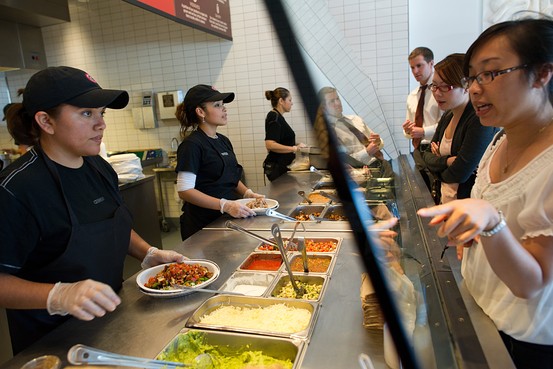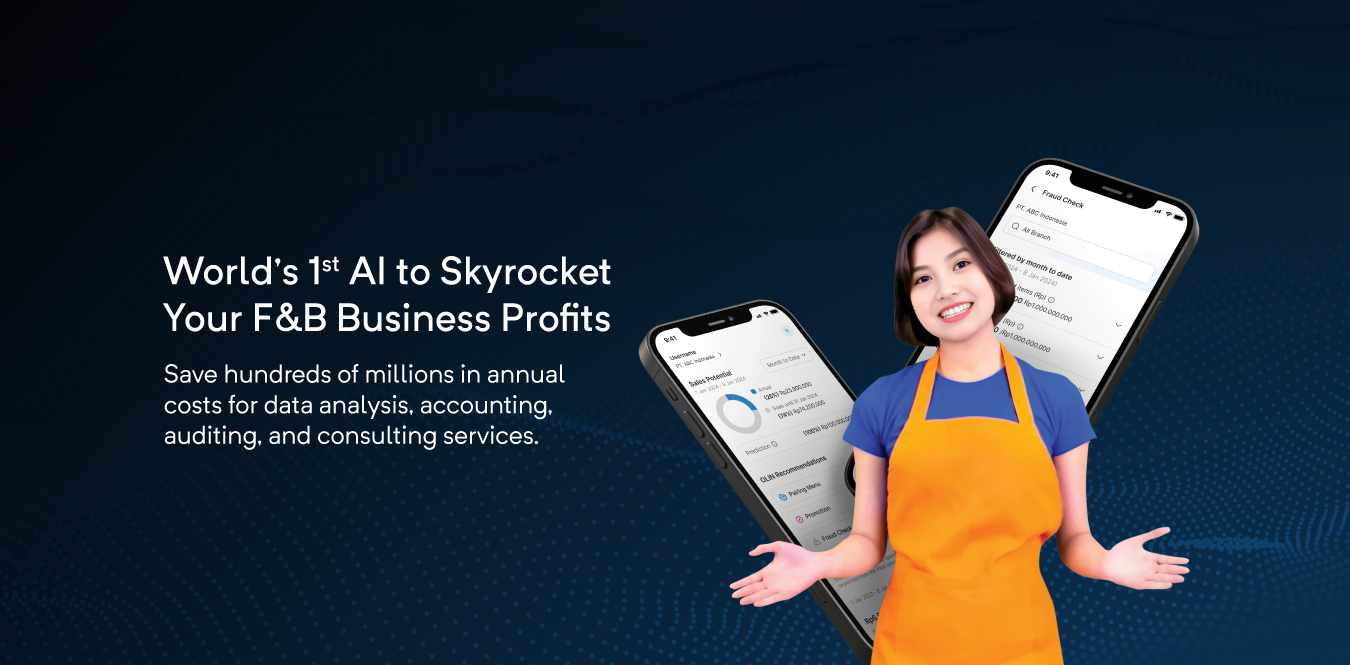 SHARE
SHARE
Let's Get to Know the Differences Between Full Service and Quick Service Restaurants!

When visiting a restaurant, customers expect not only quality food but also fast service. These two factors add extra value that encourages repeat orders. For business owners, both aspects are essential for ensuring the longevity of a restaurant.
But did you know? Restaurant service can generally be divided into two types: Full Service and Quick Service. These two approaches are significantly different, and understanding them can help you determine which style fits your culinary business.
Here’s a complete breakdown!
What is Full Service?

Source: Freepik
According to an interview on kompas.com with Eduard R. Pangkerego, a hotelier with 14 years of experience, a full-service restaurant ensures guests are fully attended to. From the reservation process to being greeted at the entrance, everything is handled by dedicated staff who escort guests to their pre-arranged tables. Once seated, guests can browse the menu and place their orders.
Fine dining restaurants are prime examples of full service. Typically, the menu offers two options: a ‘set menu,’ where dishes from appetizers to desserts are pre-set by the restaurant, or an ‘à la carte menu,’ allowing guests to freely choose their courses from appetizers to desserts.
What is Quick Service?

Source: Freepik
According to flipdish.com, quick-service restaurants provide affordable meals served in a consistent and practical manner. While not all items are takeout, many menus offer options for dine-in, takeout, or delivery.
Menus at quick service restaurants are designed for efficiency, with food typically priced under $10 per meal and prepared to order quickly. Popular options include burgers, pizza, and sandwiches. Globally, this concept is more commonly known as fast food!
Key Differences Between Full Service and Quick Service Restaurants

Source: Freepik
Based on the definitions above, here’s a summary of the key differences between full-service and quick-service restaurants:
1. Service
- Full Service: Staff are highly trained and assist with everything from ordering to explaining each dish.
- Quick Service: More self-service, where you order and pay at the counter and collect your own food and drinks.
2. Ambiance
- Full Service: A formal setting with elegant decor, often featuring live music such as jazz to enhance the classy atmosphere.
- Quick Service: A casual environment with standard decor designed for easy management of orders.
3. Price
- Full Service: Prices are generally higher, reflecting the premium service and ambiance.
- Quick Service: Prices are more affordable, following local market standards.
4. Menu
- Full Service: A wide variety of options, including appetizers, main courses, and desserts.
- Quick Service: A more limited menu focused on fast, easily prepared items.
5. Dining Time
- Full Service: Guests typically spend more time dining, allowing them to enjoy the experience at a leisurely pace.
- Quick Service: Dining times are shorter, as the focus is on quick service.
These are the main differences between full-service and quick-service restaurants. Both have their pros and cons, and the choice ultimately depends on the dining preferences of your guests.
As a business owner, you can decide which system—full service or quick service—best suits your culinary venture. Oh, and if you want to streamline your operations, use ESB POS and ESB Order to speed up the ordering process by 40% compared to manual order-taking!
 SHARE
SHARE




